Earliest Galaxies Formed By The Big Bang Discovered And It Changes Everything
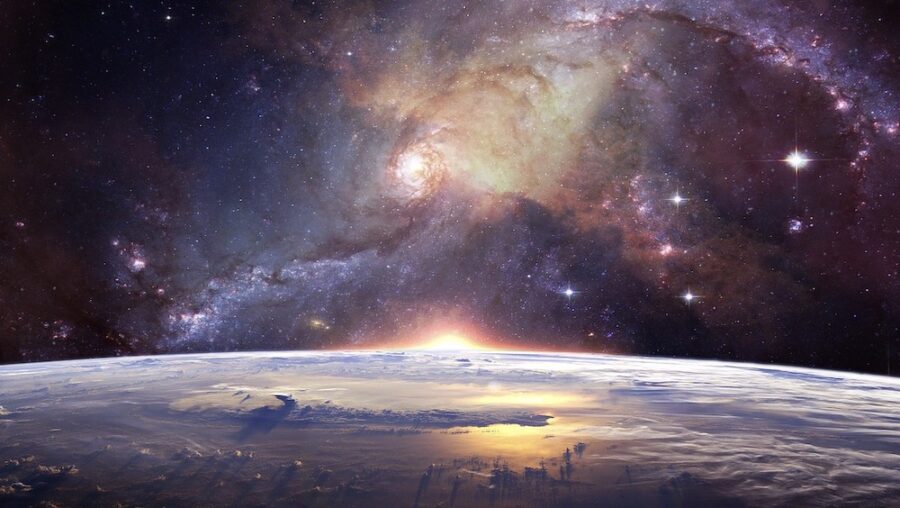
According to a new study published in the scientific journal Nature, researchers have located some of the earliest galaxies ever formed, helping them to garner a better understanding of the Big Bang. Using the James Webb Space Telescope, a team out of Stockholm University were able to determine some visually and chemically distinct differences between modern galaxies and those which formed at the onset of the universe’s creation.
As scientists continue to dissect these new findings, the results could completely change the way we view interstellar studies.
Millions Of Stars In Baby Galaxies
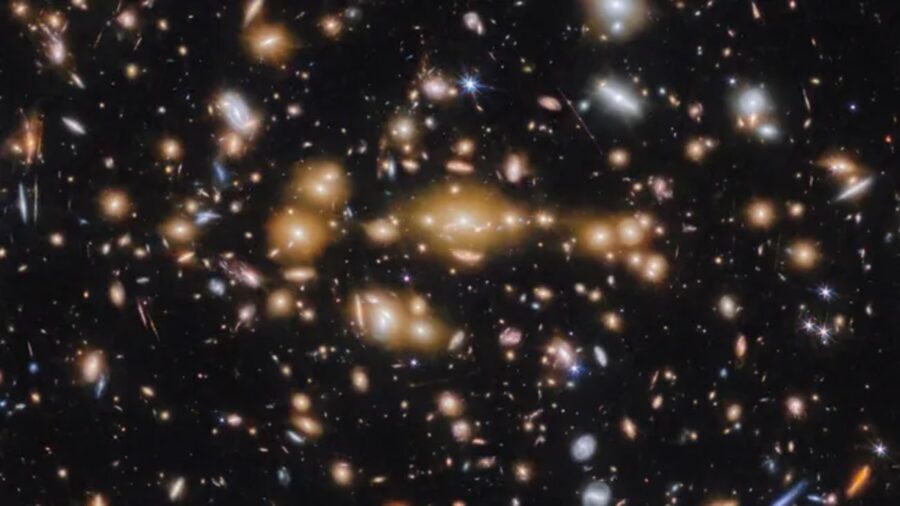
The study was responsible for locating five incredibly dense star clusters that formed along an extremely thin arc in the distant reaches of outer space.
These galaxies could potentially be the earliest ever formed in the history of the universe, and are certainly the earliest we’ve laid eyes on. The galaxies in question have been classified as proton-globular clusters, meaning they contain millions of individual stars, each bound by the extreme gravitational force of the galactic core.
Time Dilation Lets Scientists View The Past
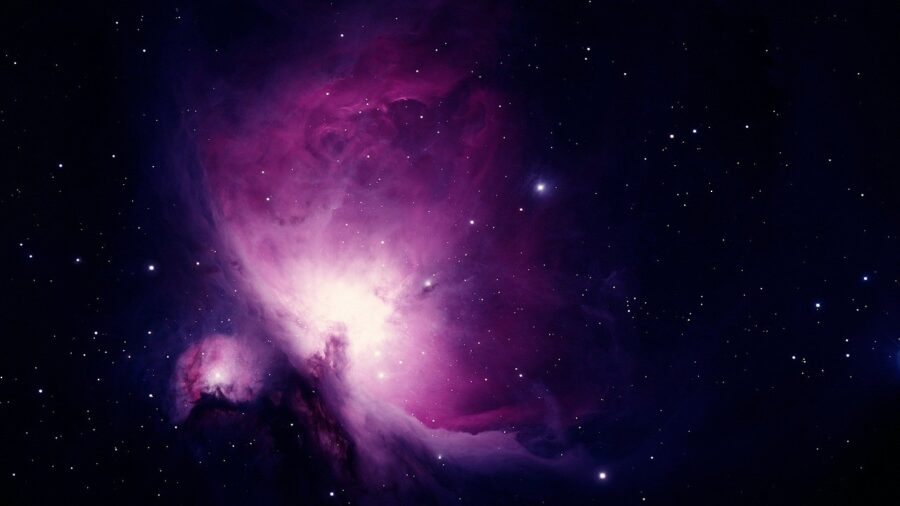
If you’re an avid fan of space discoveries, you likely already know that peering deeper and deeper into the vacuum of space allows scientists to look further and further back in time. This is due to the amount of time that it takes for light to reach from these distant corners of the universe to the James Webb or other comparable devices. Essentially, by searching further from Earth than ever before, scientists can discover galaxies that date back billions of years.
From The First 500 Million Years Of Existence
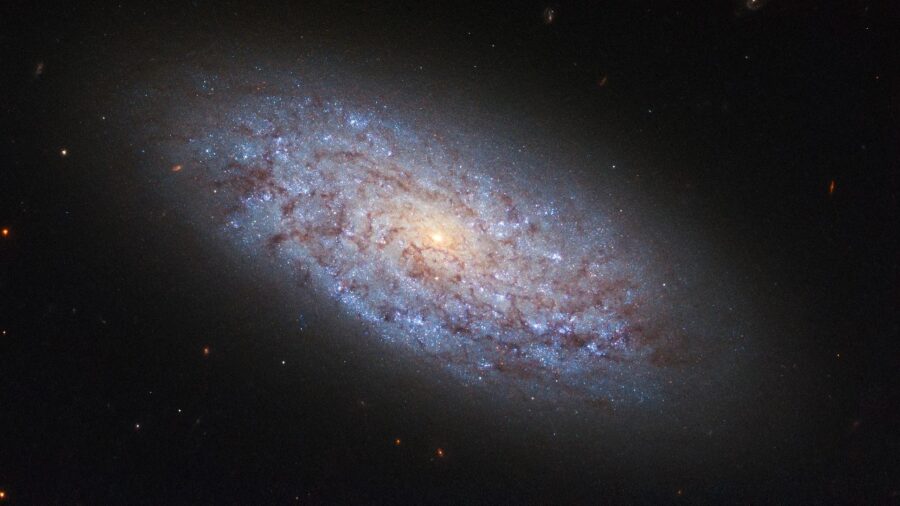
The galaxies located in this latest discovery are said to have formed within the first 500 million years of the formation of the universe. While this may sound like an incredibly massive stretch of time, it’s actually minute in a cosmic sense, and serves as the closest we’ve gotten to observing early-universe structures. The universe itself is said to have formed nearly 14 billion years ago, while Earth only just arrived on the scene 4.5 billion years ago.
Calls Prior Research Into Question
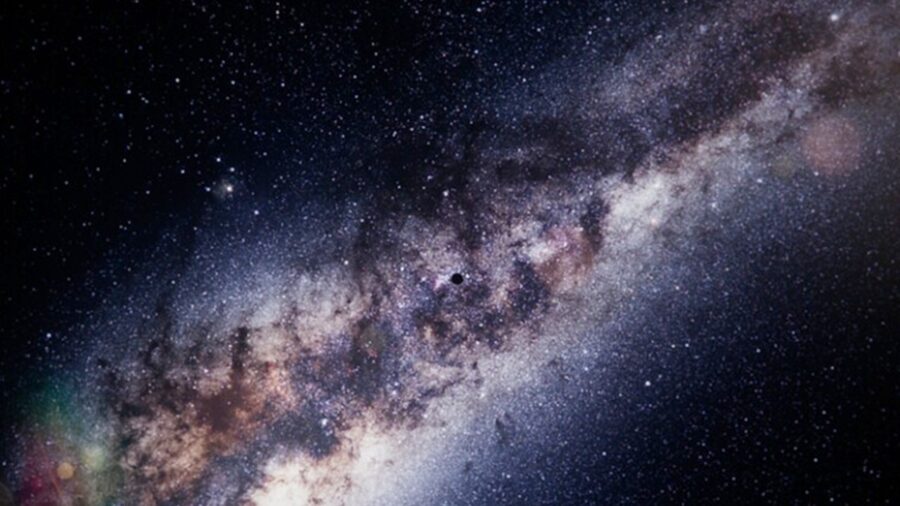
Furthermore, that 500 million-year estimate puts this cluster of galaxies smack-dab in the middle of the cosmic dawn, encompassing the first billion years to follow the Big Bang. Existing studies indicate that the Epoch of Reionization didn’t kick off until about 400 million years after the cosmic jump-start, leading to the eventual formation of galaxies as a concept. Therefore, the newly discovered crescent of stars seemingly proves that galaxies form much faster and shine much brighter than previously believed.
Primordial Space Mystery
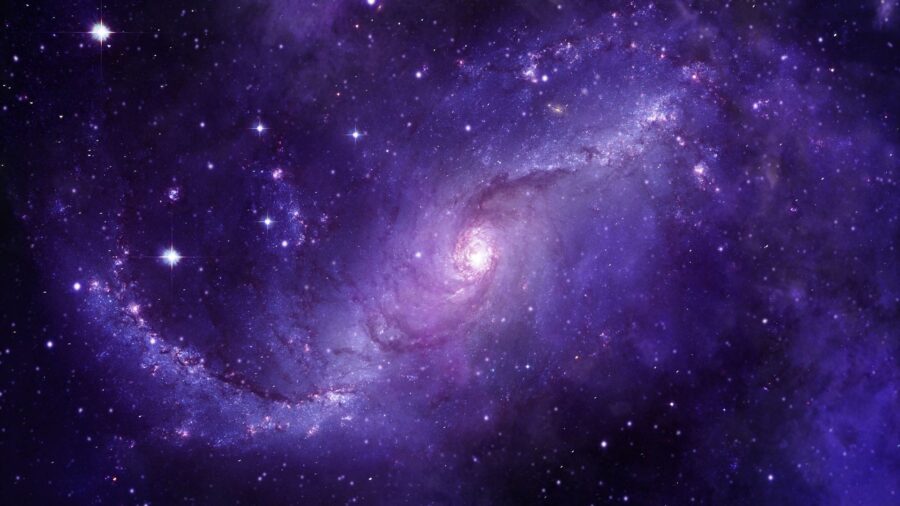
The cluster of galaxies located by the Stockholm team, led by Angela Adamo, has been nicknamed the Cosmic Gems due to their bright, shining appearance. The incredibly luminous structures are said to be magnified and distorted by their crescent-shaped arc, which amplifies the blinding light as the stars refract off of one another. Researchers call the region the most highly magnified discovery they’ve ever seen, fully reshaping our understanding of primordial space discoveries.
New Discoveries Thanks To The James Webb Telescope
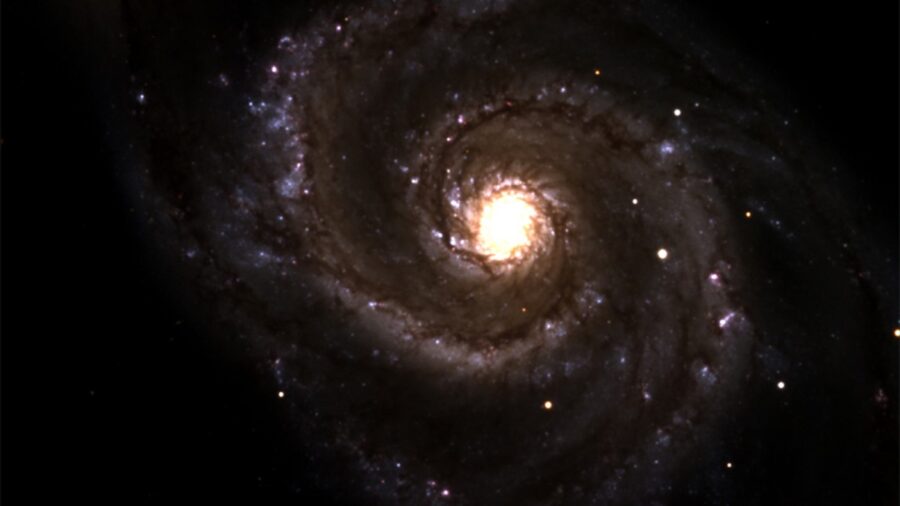
As researchers continue to dig deeper into the reaches of outer space with the James Webb Space Telescope, discoveries of this kind are sure to continue revealing new and exciting information. The fact is, human beings may have actually laid eyes on the earliest possible galaxies ever produced, meaning we’re several steps closer to fully mapping to the dawn of existence.
Source: Nature












